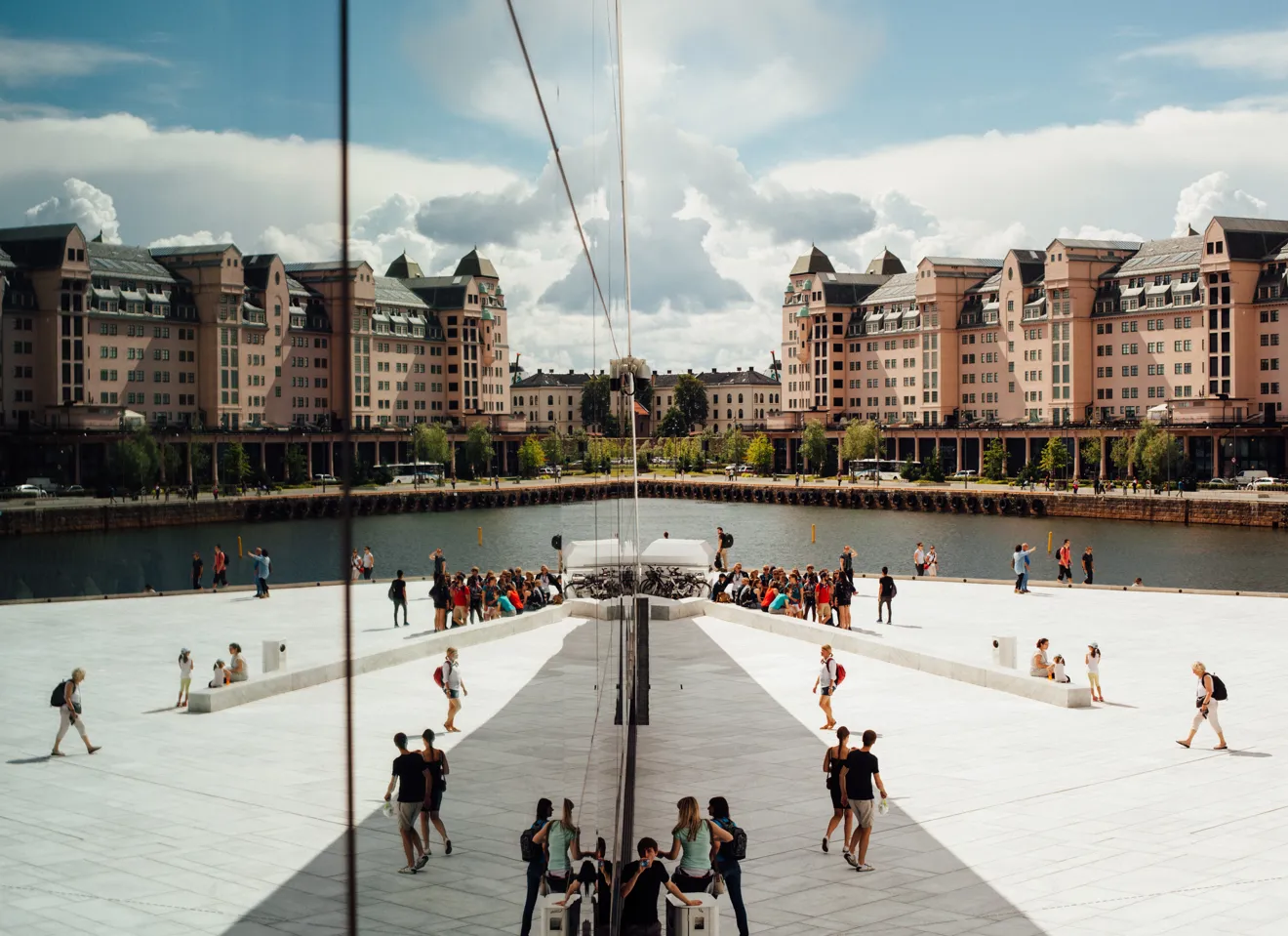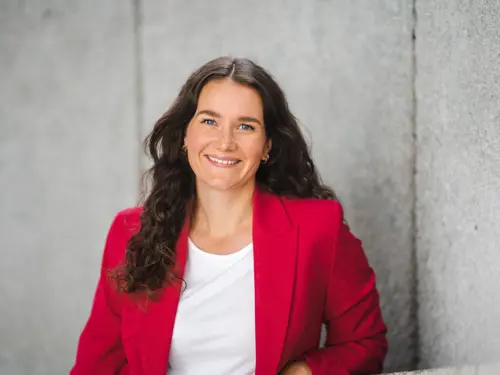
Working in Norway
Social welfare in Norway: The nuts and bolts
What is a welfare state and how does it work? Here is an overview of the Norwegian social democratic model and some of the main public services available.
There are several different types of welfare states in the world. Some are based on how much insurance you have, whilst others are connected to your participation in the labor market.
The Norwegian welfare state is built upon a social democratic model, in which general taxes on income, consumption and fortune are spent on public services that are more or less free for all.
“This welfare model is tax funded, and the base principle is that the more you earn, the more taxes you pay. This sustains an egalitarian society that provides social security and opportunities for all”, says lawyer in Tekna, Synne Lüthcke Lied.

If you live and pay, or have paid, taxes in Norway, you may be eligible for welfare benefits such as healthcare, free education and child care. Here are the four main categories of welfare in Norway:
1. Work, pension and social help
Sometimes life throws you a curveball, and you end up being sick or unable to work. You may have lost your job, been furloughed or struggle to find work. In these instances, the Norwegian Labour and Welfare Administration (NAV) can help you find your feet. There are several benefits available, such as sick pay, work clearance allowance, unemployment benefits, and pension schemes for when you reach retirement.
“If you lose your job, you can apply for a daily allowance. This allowance is calculated from your previous income. You can receive up to 62,4 percent of your previous income, but only up to 6 times G (base amount), which currently is around NOK 668 000 (in 2022). The base amount is adjusted each year”, Synne Lüthcke Lied explains.
As an employee, your workplace covers your sick pay for the first 16 days. After that, you can receive sick pay from NAV, if the mandatory conditions are met, for up to 52 weeks. If you are still sick after 52 weeks, work clearance allowance and potentially disability allowances may be an option.
“The rules are strict for these types of benefits, and it can be useful being part of a trade union when you find yourself in situations like this. A trade union can guide you in the right direction, both in terms of applying for the right benefits and re-applying if your application has been denied”, she says.
2. Health and medicine
The public healthcare system is strong in Norway, and most hospitals are funded and owned by the state. All Norwegian citizens with a personal identification number are eligible for a general practitioner, which they choose from a public list.
If you are going to the doctor in Norway, you will have to pay a fee (around NOK 160 in 2022) for a consultation with a general practitioner, and a bit more for a specialized one. There might be a few extra costs for tests, but if you spend more than NOK 2921 a year, you can apply for something called a “free card”, in which anything you spend above this amount will be free of charge.
There are no charges for children under the age of 16. The same applies for pregnant and/or nursing women. Undocumented adult immigrants will have access to emergency care, whilst undocumented children will have the same care as Norwegian citizens.
3. Pregnancy and child welfare
If you are expecting children, there are several benefits available to you. In Norway, mothers and fathers or birth partners have the right to paid leave for up to a year altogether.
“It is regulated in the Norwegian Working Environment Act that both the mother and the father or birth partner receive paid leave in order to spend time with their babies”, says Synne Lüthcke Lied.
Once you are back at work, your child can attend nursery. The maximum price of nursery fees is NOK 3050 a month (as per 2022). There are also several other child benefits available. The size of the benefits depends on the age of the child. If your child is under 6 years old, child benefits are currently NOK 1676 a month. For children over 6 years old, the child benefits are currently NOK 1054 a month and will be paid up until he or she turns 18.
“You might also be eligible for extended child benefits, for instance if you are a single parent. There are different rules for different households, so you’d be wise to discuss this further with your nearest NAV office”, says Synne Lüthcke Lied
4. Schools and universities
As part of the Norwegian welfare system, all public schools in Norway are free. It is uncommon with private schools, even though there are a few exceptions such as The Steiner School and Montessori. Children in Norway start school the year they turn 6 years old, and finish the year they turn 19.
There are no university fees, except from a small amount of around NOK 1000 for printing services and miscellaneous to the student union each year.
However, there are also private university colleges, like BI Norwegian Business School and Kristiania University College, with tuition fees.
“Free education and a more or less free health system is a unique part of the Norwegian welfare system. Outside of Norway, students are having to pay huge amounts for their education, and many decide not to study for this reason. The social democratic way helps diminish differences between people”, says Synne Lüthcke Lied.
Read more about rules and regulations and other tips from Tekna.
You can also find more about child welfare and other social benefits in Norway at Norwegian Labour and Welfare Administration (NAV).



